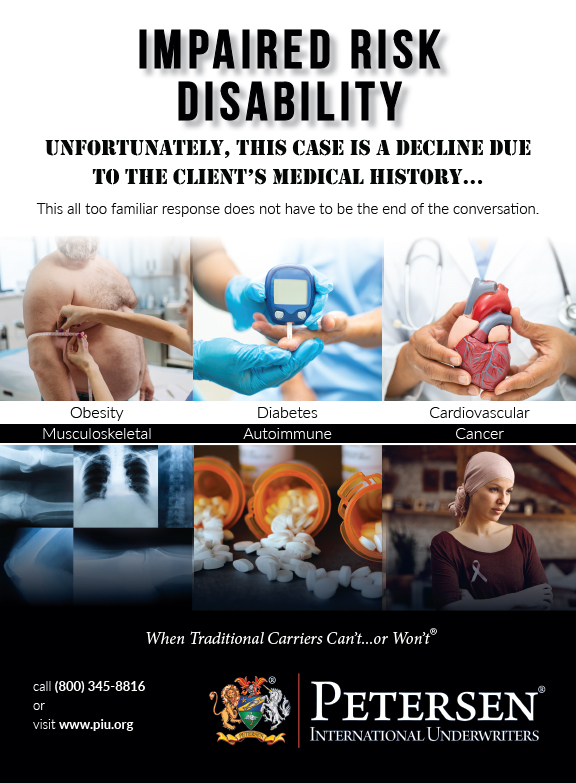The miracles of transplant surgery have given so many whose body organs have failed a new lease on life. Heart, liver and kidney transplants are no longer experimental procedures done with fingers crossed and only temporary results expected. Receiving these organs is a lifesaver for those recipients involved. But what is the insurance fate of organ donors?
Most transplant recipients are parts of difficult insurance dilemmas, not only from the life of the organ transplanted but also from the underlying conditions that necessitated the transplant, as well as the medications (some being powerful immunosuppressants) that affect other body systems and overall resistance to disease and infection. Few give a thought about what happens to the donor. Since a heart transplant would be a lethal consequence for a donor, let’s concentrate on the other two major types—liver and kidney transplant .
Liver donors generally have to be between the ages of 18 and 55, and depending on whether they want to be considered for a specific recipient or not (family for example) don’t necessarily have to be blood related. There has to be an emotional relationship with the intended recipient—payment for organ donation is illegal under the National Organ Transplant Act of 1984 (NOTA).
Liver transplant surgery, even on the donor part, is an involved procedure and generally takes about five hours. The donor remains in the hospital for about a week. The right lobe is the most commonly removed part, and during the surgery about 40-60 percent of the donor’s liver is removed (quite a lot!). The liver though begins to regenerate quickly—a large portion in the first two weeks and more slowly thereafter in the months ahead. It’s quite painful, and surgeons recommend the donor stay off work for eight weeks, even longer if the job requires physical exertion or lifting.
There are surgical risks from the procedure including blood clots, edema, bile leakage, problems with bile duct obstruction, and hernia. Sometimes being off work up to four months as a donor can compromise a job or even employment. While most people never have a complication nor a second thought after the surgical healing is complete, insurance can become complicated if a problem with hepatitis or infection or a closure of the bile duct ensues. So while the risk is low, it is not absent.
Most kidney donors are between 18 and 70. If the kidney is going to a relative, a compatible blood type is optimal to avoid organ rejection by the body. Donors have to be in good health, although kidneys are sometimes accepted with some physical disease limitations. Each case is individual. Major diseases such as diabetes, etc. generally exclude a person from becoming a kidney donor.
Kidney transplants are less involved surgically, but if any long term consequences develop, they can be problematic. Most everyone can live as effectively with one kidney as with two, all else equal. The risks of donation are similar, with bleeding and infection being most common in kidney donors. The surgery is done with a laparoscope, requires smaller incisions, takes about three hours and generally the donor goes home two days after surgery. He or she is generally cleared to go back to work two to three weeks after the procedure, perhaps a little longer if heavy lifting is involved.
Research is not truly complete on kidney donors. A liver regenerates, but you always have one fewer kidney. The problems kidney donors face are not immediate but later on down the line when other diseases develop. For instance, diabetes is a disease that can profoundly affect kidney function, and while an individual may be in excellent health at the time of donation, a subsequent diagnosis as years go on can be extremely taxing for only one kidney to maintain normal renal function in the body. Hypertension, particularly not under excellent control, immunologic kidney nephropathies or bladder neck obstruction can cause problems when you are dealing with a single organ. As studies have gone out further, end stage renal disease incidence has been found to be statistically higher in kidney donors than the general population.
Most times, insurance for organ donors is the same as for those who otherwise apply, assuming surgery went without complications and both kidney and liver function is normal afterwards. Problems develop in those who subsequently get disease that would affect the kidney or liver—if there is only a single kidney shouldering the load or something in the liver has been compromised, then the primary disease becomes that much more significant in the donor individual and is rated accordingly.


























